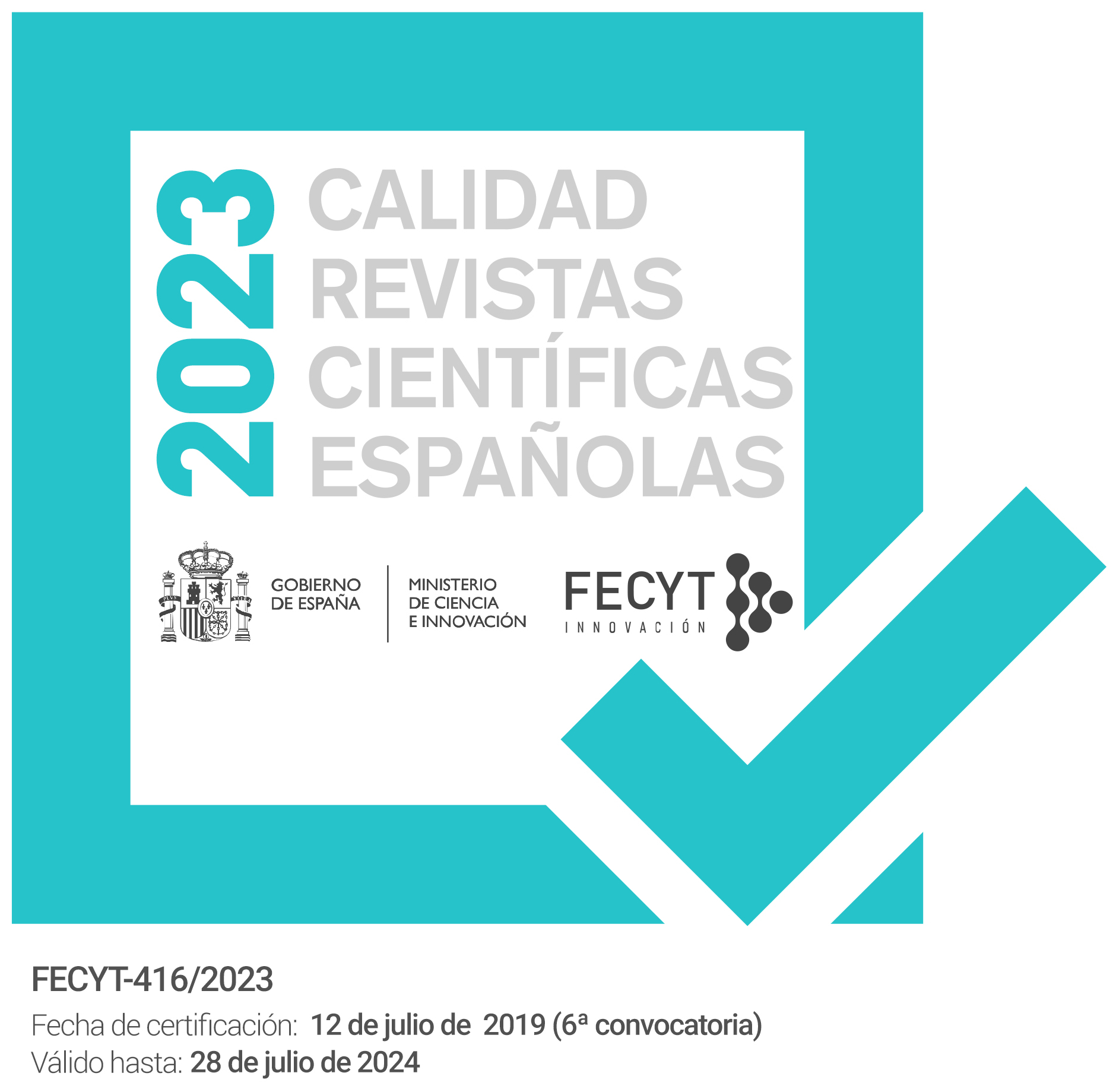La construcción del ferrocarril Madeira-Mamoré y el Caribe inglés:la primera inmigración negra libre para Brasil
Keywords:
inmigración negra libre, ferrocarril Madeira- Mamoré, Porto Velho, free black immigration, railroad Madeira-MamoréAbstract
El objetivo fundamental de este artículo es echar luz sobre temas marginados por la historiografía brasileña, en primero lugar nos referimos a las inmigraciones de trabajadores negros libres para Brasil y posteriormente, a la construcción del ferrocarril Madeira – Mamoré. Veremos como ocurrió su construcción y como, a través de él, en 1908 hubo la entrada de la primera inmigración de manos de obra negra libre en pleno desarrollo de la política de blanqueamiento de la población brasileña. Uno de los resultados de las inmigraciones fue la fundación de la ciudad de Porto Velho, capital del Estado de Rondônia, donde todavía hoy se puede encontrar descendientes de los primeros inmigrantes y en especial, de los barbadenses.
The main objective of this paper is to shed light on issues marginalized by the brazilian historiography, in the first case we refer to the immigration of free black workers to Brazil and then to the railroad Madeira - Mamore. We’ll see how construction happened and how, through him, in 1908 was the entry of the first immigration of free black labor hands in full development of the policy of “whitening” the Brazilian population. One of the outcomes of immigration for the construction of the railroad led to the founding of the city of Porto Velho, the capital state of Rondônia, where one can still find descents from the early immigrants and especially, barbadians.
Downloads
Downloads
Issue
Section
License
The articles are open access distributed under the terms of the Creative Commons Attribution-NonCommercial-NoDerivatives (CC BY-NC-ND) Spain 4.0 license. Authors who publish in this journal agree with the following terms:
a) Authors retain the copyright and guarantee the journal the right to be the first publication of the work as well as licensed under a Creative Commons Attribution License that allows others to share the work with a recognition of the authorship of the work and the Initial publication in this magazine.
b) Authors may separately establish additional agreements for the non-exclusive distribution of the version of the work published in the journal (for example, place it in an institutional repository or publish it in a book), with recognition of its initial publication in this magazine.
c) Authors are allowed and encouraged to disseminate their work electronically (for example, in institutional repositories or on their own website) before and during the submission process, as it may result in productive exchanges, as well as a earliest and largest citation of published works (See The Effect of Open Access).



